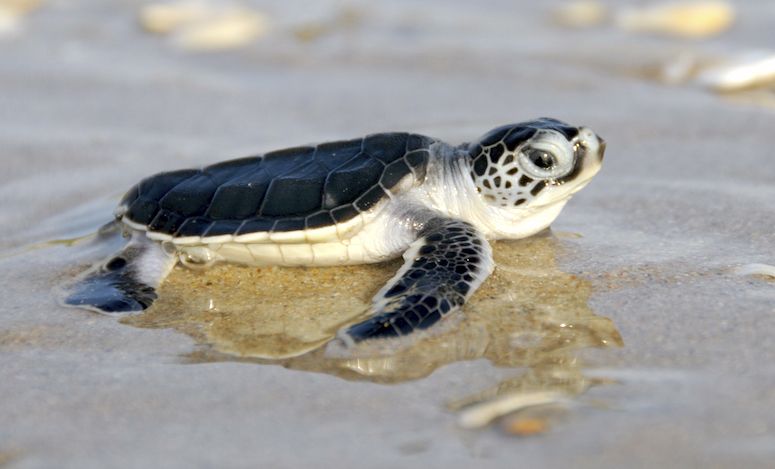March 20, 2025
The Database of Island Invasive Species Eradications (DIISE)
The DIISE is full of important, publicly-accessible data about projects to remove invasive species from islands all around the world!
We use cookies to help you navigate efficiently and perform certain functions. You will find detailed information about all cookies under each consent category below.
The cookies that are categorized as "Necessary" are stored on your browser as they are essential for enabling the basic functionalities of the site. ...
Necessary cookies are required to enable the basic features of this site, such as providing secure log-in or adjusting your consent preferences. These cookies do not store any personally identifiable data.
Functional cookies help perform certain functionalities like sharing the content of the website on social media platforms, collecting feedback, and other third-party features.
Analytical cookies are used to understand how visitors interact with the website. These cookies help provide information on metrics such as the number of visitors, bounce rate, traffic source, etc.
Performance cookies are used to understand and analyze the key performance indexes of the website which helps in delivering a better user experience for the visitors.
Advertisement cookies are used to provide visitors with customized advertisements based on the pages you visited previously and to analyze the effectiveness of the ad campaigns.
Our new online shop is live!

The Green Sea Turtle is making a comeback! This endangered species had a successful year of breeding in 2015 at Florida’s Archie Carr National Wildlife Refuge. Researchers found 14,152 nests at the end of the egg-laying season.
Since green sea turtles lay around 75 to 200 eggs per nest, the season may have produced as many as 3 million baby turtles.
Green Sea Turtles are found around the world in subtropical waters. They often nest on islands, and Green Sea Turtles are the only species of Sea Turtle that nests on the Galapagos Islands. Ensuring these islands are free of invasive species would support the growth of sea turtle populations.
Here’s to the continuation of serious conservation efforts to keep up the trend. We want to see the same turnaround for the other six endangered subspecies of sea turtle!

Read the full article here.
Feature Image by Ursula Dubrick/Sea Turtle Conservancy.
Check out other journal entries we think you might be interested in.
Notifications